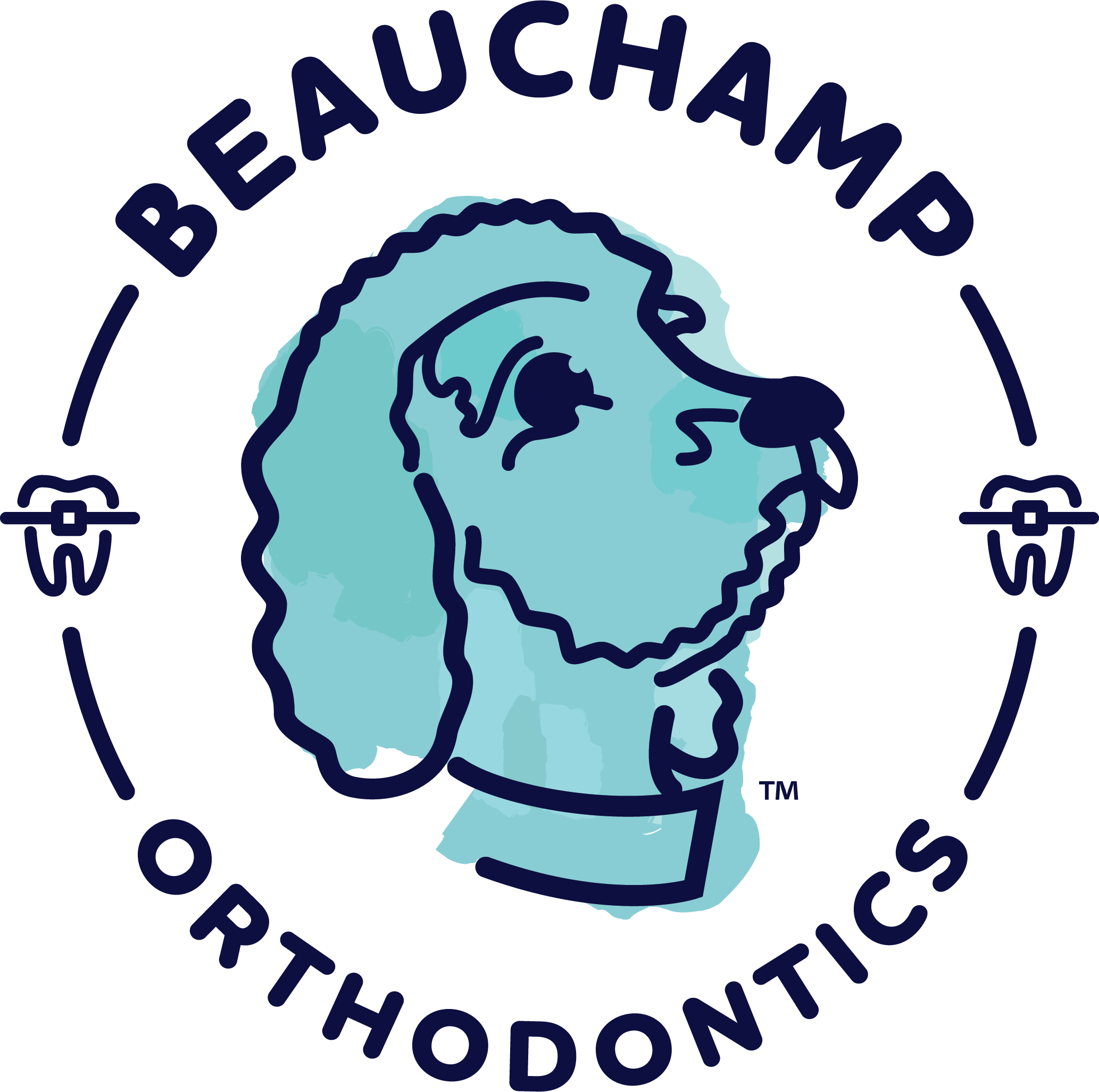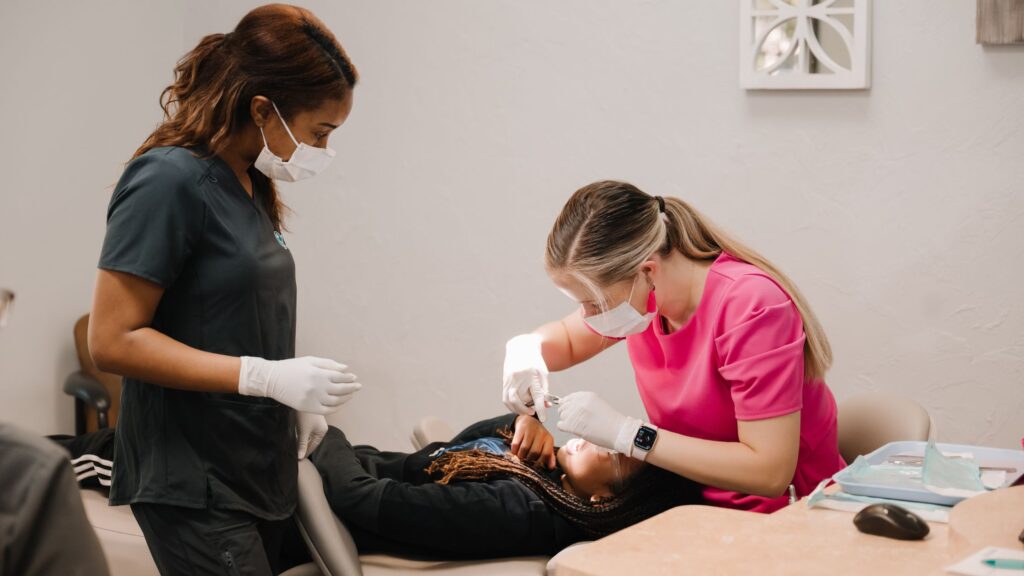Wondering about braces’ pain relief? If you need to know how to soothe soreness from braces, you’ve come to the right place. When it comes to braces discomfort, Port Orange families never need to wonder what’s normal and what’s not. You can get the facts from your trusted family orthodontist, our very own Dr. Beauchamp.
As a board-certified orthodontist in Central Florida, Dr. Beauchamp gets a lot of questions about braces. One of the most common of these is: just how likely is pain after braces? When you’re brand new to braces, it’s important to understand a little bit about managing brace soreness.
Let’s take a closer look at the best braces tips.
TIP 1: Know What’s Normal For Braces Pain
The key is this: braces should never be painful.
In the first week after getting new braces, you may take some time to get used to the new hardware in your mouth and main experience some mild discomfort. Beyond that, patients usually describe a mild, dull ache that may feel something like inflammation. This may also be caused by your gums being in contact with the new material for the first time. It should fade in no more than a week, and often disappears in two or three days.
It’s never normal to have a sharp or stinging pain after braces. If this happens, it usually means:
- The braces don’t fit correctly and need to be adjusted.
- A braces wire or bracket is damaged and needs fixing.
If discomfort worsens rather than gets better, if it persists more than five days, or if it adds sharpness, tingling, or anything else, call Dr. Beauchamp for advice. Many issues with braces can be resolved in one quick visit, so there’s never any need to put up with lots of discomfort.
TIP 2: Understand The Differences Between Metal Braces And Clear Braces
In shape, size, and therapeutic effect, metal braces and clear braces are very similar.
- Metal braces are the classic option that’s been around in some form for centuries. They are the best choice if a patient has severe tooth gaps or misalignment. At Beauchamp Orthodontics, our “small form factor” braces are just as effective as traditional braces, but they’re smaller and more discreet.
- Clear braces have all the same therapeutic benefits of metal braces, but they’re made out of similar plastic materials to “transparent” plastic aligners. That makes them even harder to notice. Sometimes, you can be talking to someone face-to-face, and they might not even notice that you are wearing braces!
There should be no difference in discomfort between metal braces and clear braces, but that doesn’t mean they’re identical. Clear braces are more brittle, so it’s essential to be even more careful in avoiding hard and sticky foods that can cause braces damage. Damaged braces are the #1 cause of braces pain.
TIP 3: Learn How To Use Orthodontic Wax
Damaged braces can really hurt, especially if a broken wire causes friction with your gums.
Luckily, there’s a way to ease the discomfort and do temporary repairs for metal braces.
Orthodontic wax is a soft, medical-grade wax made from natural materials like beeswax. It can also have some soothing agents added to reduce pain. By sealing off a broken braces bracket or wire with orthodontic wax, you’ll protect your lips and gums until a permanent solution can be found.
Here are some orthodontic wax tips to keep in mind:
- To improve adhesion, break off a small piece of wax and roll it into a ball before sticking it to braces.
- Some orthodontic wax is safe to swallow, but remove it before you brush your teeth or eat any food.
- Remember, orthodontic wax is a temporary solution – you’ll still need a permanent braces fix soon!
TIP 4: Avoid Foods That Can Cause Braces Damage
Some foods are a “no-go” while you’re wearing braces.
That includes:
- Hard foods like apples that require you to bite down with lots of force, or like nuts that fragment into a bunch of small pieces. Biting down hard can bend brackets or even break wires. Shards of food can get lodged under brackets and raise the risk of tooth decay.
- Sticky foods like toffee and caramel. These can be very difficult to extract from braces using a toothbrush, toothpick, or floss. They can also pull directly on braces’ brackets, potentially dragging them out of alignment.
TIP 5: Protect Your Braces During High-Risk Activities
While an orthodontist can repair braces damage for you, it’s always best if you can avoid that situation in the first place. Most braces problems are caused by eating foods listed above, but there’s another thing to watch out for, especially with kids: accidents while playing sports. It’s always best to use an athletic mouthguard.
Dr. Beauchamp looks forward to providing you with an easy and pain-free orthodontic experience. Schedule your consultation today to get started with braces!



